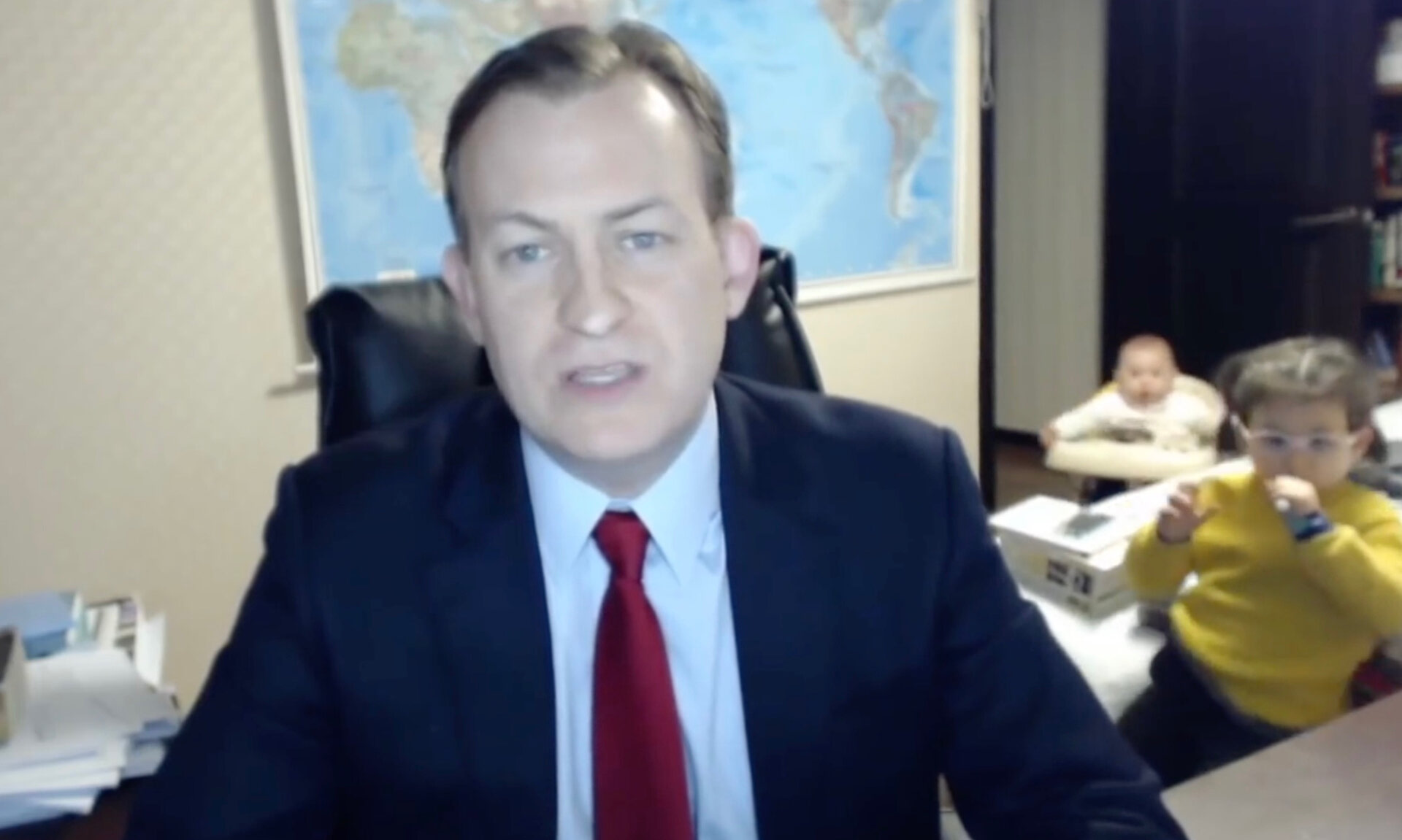Before You Do a Skype Media Interview, Read This
I've added a section to my media training workshops that covers a number of important points people need to keep in mind when doing a media interview over Skype, Zoom or some other form of video connection.
As media budgets continue to shrink, I see more and more people doing video interviews from their office, home and in hotel rooms. For the inexperienced, an interview like this may be more challenging than a face-to-face interview with a reporter, because the reporter and camera operator do their best to make sure the person looks good. That's much harder to do in a video interview.
The result can be a real problem, especially for a live video interview, so here are a few things to know before you settle behind your laptop for that interview.
What's In the Background?
The first thing I always tell people who are preparing to do a video interview is to look at the background from the viewpoint of a person who’ll be watching the interview on TV. Set aside what you think about it because that really doesn’t matter. What will the viewer think?
One of the first things I suggest for interviews done in offices or home offices is to make the background as professional, but as plain as possible. Do you want that picture of your spouse and children in the background? If you’re in front of a bookshelf, are you ok with showing people the books you own and have presumably read?
You also don’t want anything in the background to be a distraction. While you may love that ancient tribal hunting mask you bought on a trip to Africa, having something that like hanging in the background will draw the attention of the viewer away from what you’re saying. You don’t want that. You want the attention focused on you, especially if the news outlet pulls a short sound bite out of the interview. You may be on the air for only five seconds, so you want to ensure people remain focused on you.
In find several of these interviews are shot in somebody’s hotel room, likely because people who are interviewed seem to travel a lot. There’s nothing wrong with that, but make sure the room is clean, clothes aren’t laying around and the bed is made. Also, don’t try to locate your laptop in a place so people can see the nice ocean view you have from your room. The bright light from the outside will flood the camera on your laptop and leave your face in the dark, or in shadows.
One thing more, whatever you do try to get the camera on your laptop or desktop level with your eyes. It creates a far better visual than video interviews I see too often that are shot from below and you can see the ceiling in the background.
Professor Robert Kelly's Lesson
This classic Skype interview clip from last year is hilarious, but it also serves as a great reminder of what not to do.
The clip serves as a valuable reminder to ensure you have privacy, especially when doing a live interview over a video link. If that interview was just being recorded they could have started it over, but that’s not possible when you’re live.
In that situation, obviously locking the door would have helped. It’s also a big help if you have somebody nearby, whether at work or at home who can answer the phone if it rings, go to the door if there’s a visitor, or take care of a barking dog. Anything that can be done to minimize a distraction, especially during a live interview, can be a huge help.
If You're Serious, Get Serious Equipment
A small investment in an external webcam and microphone can pay big dividends.
Regardless of the price of your computer, you can’t expect the camera built into a desktop or laptop to give you the same quality as an external webcam. There are several good ones out there, but I use a Logitech Webcam HD Pro C920. I bought it last year and there’s likely an updated model for you to consider, but it works well for me.
If you can only afford either an external webcam or a microphone, I would go for the microphone because I’ve learned a decent mic will make your overall video product better than an external webcam. I use the Blue Microphones Yeti – Platinum Edition. I’m happy with it, although I find it to be a little heavy and bulky. One thing I’ve learned about shooting video is, far too many people don’t give enough thought to what the audio sounds like because they’re focused on the video. Bad audio can’t really drag your video down.
The other purchase to think about is a decent lighting kit. They’ve really come down in price. If you do a number of video interviews you should give some lighting a try, especially if the room you’re in doesn’t have a lot of daylight streaming in.
More than anything else, get online early and check your system thoroughly before the interview is supposed to begin. A few extra minutes of time and effort before the interview starts can make a big difference when it does.
Great comments Grant. Great topic.
I'm shocked radio doesn't use these platforms though. The sound is far superior to any phone or mobile, it's satellite quality. At the 2015 NHL Draft in Fort Lauderdale, I did ALL my radio sportscasts via FaceTime. Worked perfectly.
Good suggestion - using video to improve the quality of radio.
I understand some radio reporters are asking people they're interviewing to keep their iPhone (or similar device) close and hit record on voice memo. When they're done they email the file to the reporter and the radio station has much better audio.
Grant


Commentary